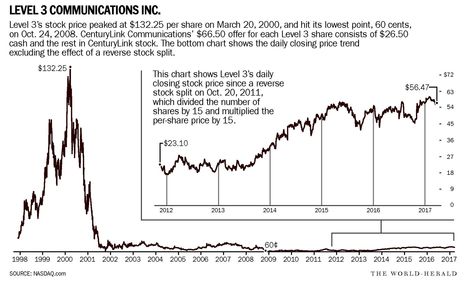(p. 1A) He showed up in Omaha 120 summers ago, another unknown showman hoping to make a name for himself at this city’s biggest-ever event, its world’s fair.
He gave his name as Martin Couney, or sometimes Martin Coney. It wasn’t, at least not yet.
He said he was a doctor, a European doctor, a protégé of the world’s finest doctors. He was none of these things.
And yet in Omaha, Dr. Couney set up shop in a little white building on the east midway, not far from the Wild West Show, the Middle Eastern dancers, the roaming fortune tellers and the Indian Congress starring a Native American chief named Geronimo.
The fair, officially known as the Trans-Mississippi and International (p. 2A) Exposition, showcased all manner of things seen as strange, exotic and otherworldly to the 2 million Nebraskans and visitors paying the 50-cent admission to have their minds blown in the summer of 1898.
Couney thought he had just the thing to blow their minds.
“Infant Incubators with Living Infants” read the sign above the entrance.
“A Wonderful Invention … Live Babies” said another.
. . .
Usually the experts are right. That’s why they are experts,” says Dawn Raffel, author of the “The Strange Case of Dr. Couney,” a new biography seeking to save this once-famed faux doctor from history’s trash bin. “But occasionally you get an outlier like this. Someone who is extraordinarily inventive. Who brings us something incredible.”
What Dr. Couney gave us, through decades of work and tireless promotion, was an understanding that we could save babies that since the beginning of time had died before they crawled. We could save them using a piece of equipment designed by a French engineer who realized that if an egg could be nurtured in an incubator, then so could a newborn.
. . .
Newspapers, including The World-Herald, largely ignored the exhibit, Raffel says. The public didn’t seem particularly bothered that a “doctor” had decided to house anonymous newborns on the fairgrounds and put them on public display.
They also didn’t seem particularly interested, either.
. . .
Raffel estimates that Couney and his doctors and nurses saved between 6,500 and 7,000 premature babies all on their own during decades of midway work. But they saved countless thousands more by raising the profile of premature babies. By raising the hope that they could grow into healthy, happy adults.
. . .
“I find him fascinating because he was such a complicated man,” Raffel says. “He deserves more credit.”
For the full story, see:
Hansen, Matthew. “Tech Costs Force Honda To Let Go of Engineering Legacy.” Omaha World-Herald (Friday, Aug. 3, 2018): 1A-2A.
(Note: ellipses between paragraphs, added; ellipsis internal to sentence, in original.)
The Raffel book on which the passages quoted are partially based, is:
Raffel, Dawn. The Strange Case of Dr. Couney: How a Mysterious European Showman Saved Thousands of American Babies. New York: Blue Rider Press, 2018.

